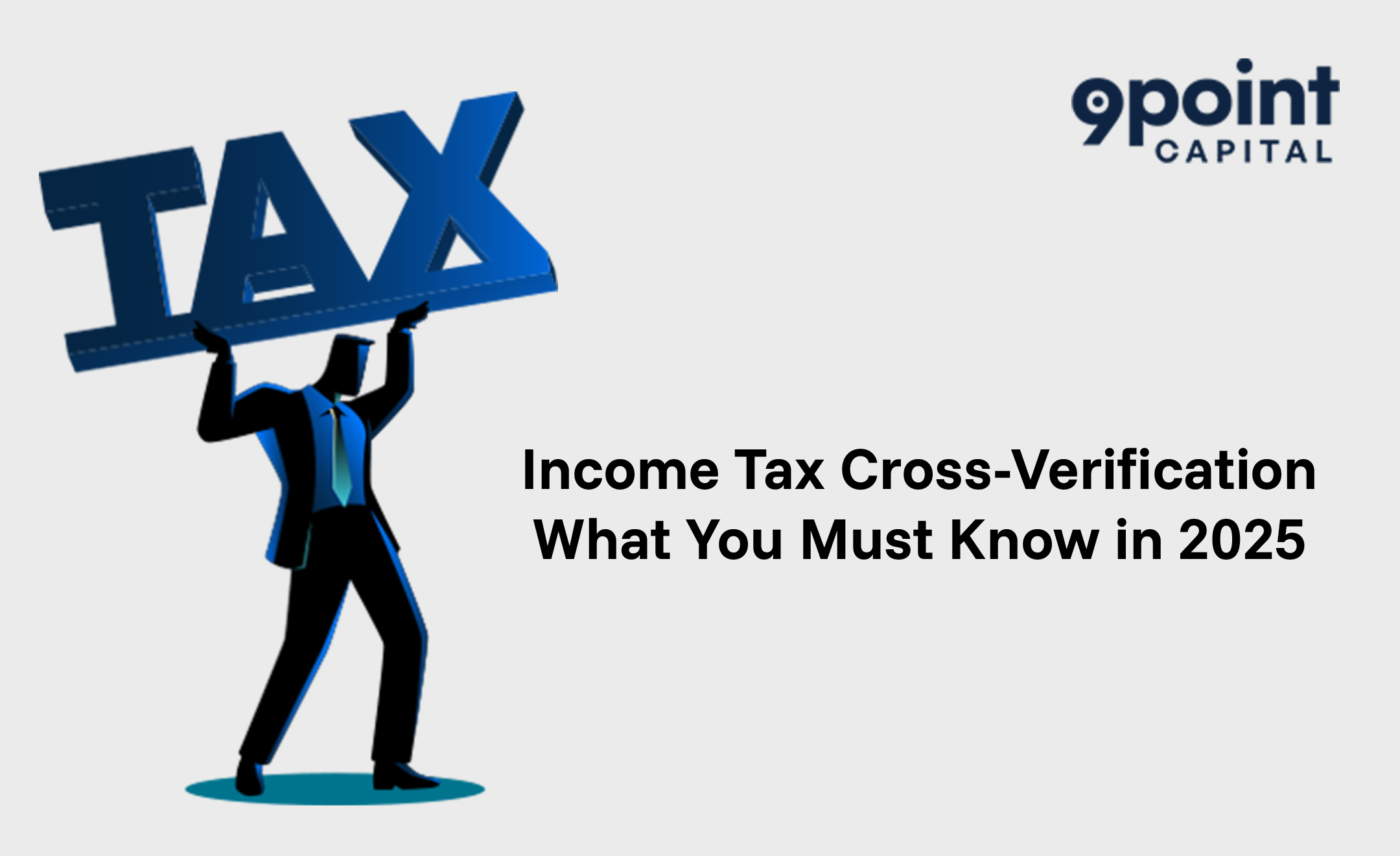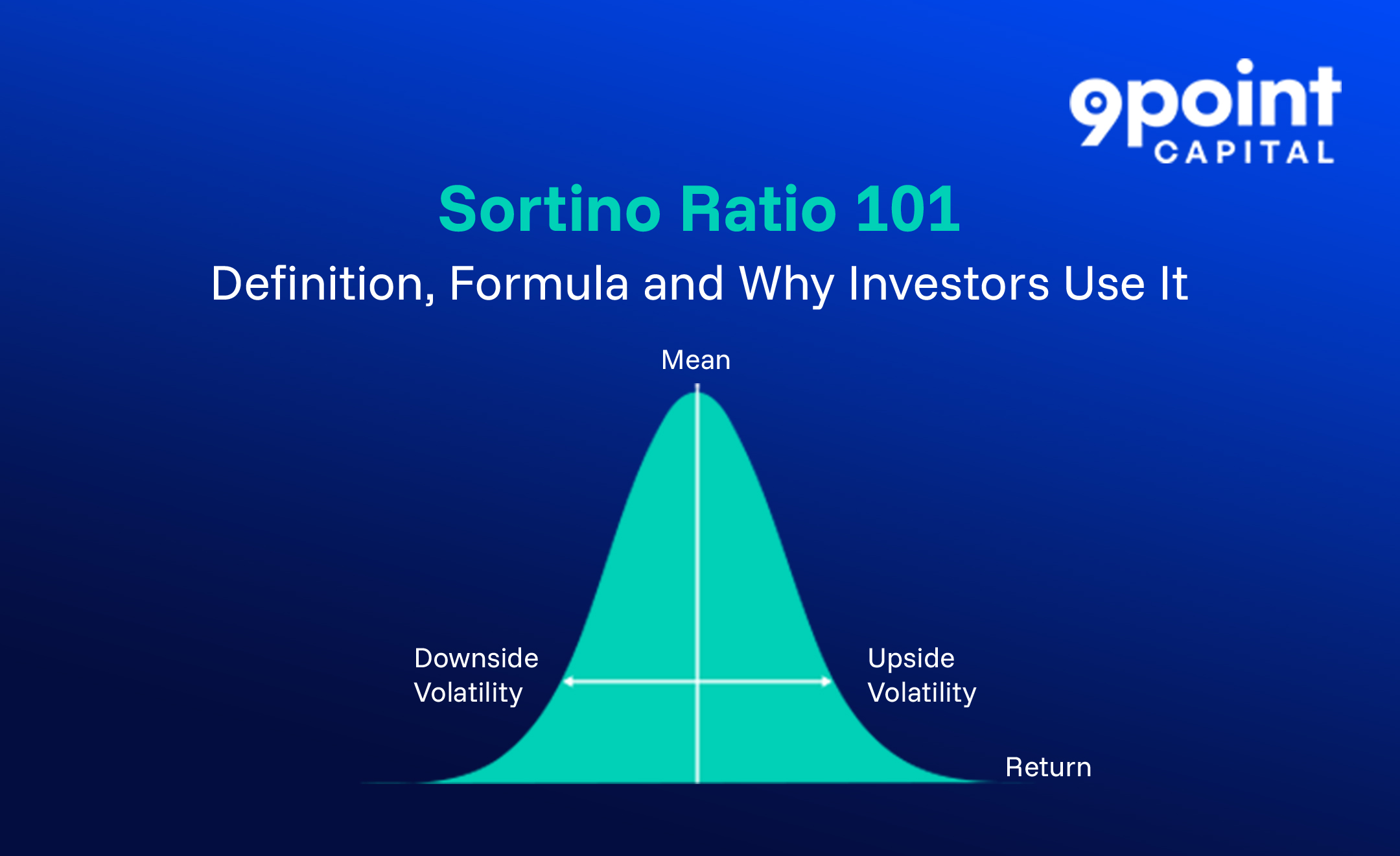In 2025, the Income Tax Department of India is rolling out a powerful backend surveillance system that automatically verifies your claims with external data sources in real time. It’s called income tax cross-verification and it could impact every salaried individual, freelancer, or investor filing under the old tax regime.
What Is Income Tax Cross-Verification?
Income tax cross-verification refers to the automated matching of your claimed deductions with data received from external reporting agencies. Your PAN and Aadhaar are now the anchors for this ecosystem.
The system pulls data from:
- Banks – Fixed deposits, interest income, loan EMIs
- Insurance companies – Premiums paid for LIC or term policies
- Employers – Form 16, salary components like HRA and allowances
- Government databases – Investment declarations, EPF contributions, tuition fees
- mParivahan – Vehicle ownership and loan data for EVs
This ensures that what you claim on your ITR aligns with what third parties report to the tax department, in real time.
Why the Tax Department Is Enforcing Cross-Verification in 2025
This push toward data-driven tax compliance is part of India’s broader digital transformation under initiatives like:
- Faceless Assessment 2.0
- Real-time reporting via AIS (Annual Information Statement)
- Expansion of TIS (Taxpayer Information Summary)
Objectives:
- Detect inflated or duplicate deduction claims
- Reduce refund fraud and manual scrutiny
- Improve taxpayer accountability
- Encourage voluntary, correct disclosure
Key Compliance Changes Taxpayers Must Know in 2025
As per the old tax regime, taxpayers must now comply with a stricter and more structured filing framework:
1. Break Down Every Deduction
Gone are the days of claiming ₹ 1.5L under Section 80C without detail. You must now itemise your investments, such as:
- ₹50,000 – ELSS mutual fund
- ₹60,000 – LIC premium
- ₹40,000 – PPF deposit
Omitting this detail or submitting rough totals will delay your refund or invite automated queries.
2. Updated Documentation Requirements for Common Deductions
You’re now expected to submit or retain a wider range of documents for verification, including:
– HRA (House Rent Allowance)
Taxpayers claiming HRA exemption must now provide comprehensive details:
- Place of Work
- Actual HRA Received
- Actual Rent Paid
- Basic Salary and Dearness Allowance
- 50% or 40% of Basic Salary, depending on whether the city is metro or non-metro.
– Section 80C Tax Deductions
- LIC policy bonds
- ELSS fund statements with folio numbers
- PPF passbook entries
– Section 80D Deductions
- Name of the Insurance Company
- Policy or Document Number
– Loan Deductions (80E, 80EE, 80EEA, 80EEB)
- Name of the Lender
- Bank Name
- Loan Account Number
- Date of Loan Sanction
- Total Loan Amount
- Loan Outstanding as on 31st March
3. Live Mismatch Alerts Through AIS/TIS
The Income Tax portal now uses real-time discrepancy detection. If your claimed amount:
- Doesn’t match AIS records
- Exceeds limits without proof
- Overlaps with employer-filed returns
You may receive a notice under Section 143(1) or be prompted to revise your ITR.
What Happens If Your Claims Are Flagged?
If any part of your return doesn’t match the cross-verified data:
- Missing HRA or loan details can lead to a rejection of the deduction
- Incomplete returns may face delays or scrutiny
- Ensure all required disclosures to avoid compliance issues
Best Practices for Cross-Verification Compliance for 2025
- Cross-check your Form 26AS, AIS and TIS before filing
- Maintain a folder of all ITR documentation required
- Avoid “guesstimate” entries; only claim what you can prove
- Get a pre-filing review done by a tax expert if needed
- Ensure 100% compliance with tax filing compliance in India regulations
Final Thoughts
Income tax cross-verification is the future of how taxes will be filed and verified in India. With digital audits, instant alerts and real-time validation becoming the norm, your best strategy is preparation and precision.
If your numbers don’t match the system, the system will know. File clean. File confidently.
Explore more expert insights on tax compliance and filing:

